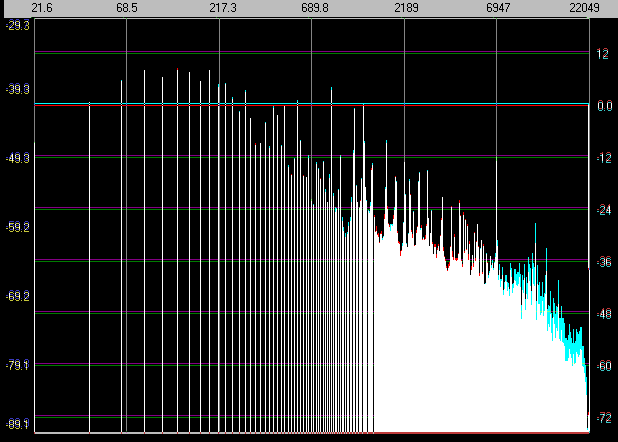Anaxilus
Headphoneus Supremus
- Joined
- Mar 12, 2010
- Posts
- 12,065
- Likes
- 339
Quote:
Oh I believe you, we've been having similar issues when comparing tubes. At least that observation takes us beyond a sense of immutable universal claims. Rather than people saying there are no differences between X sub whatever, better to say there is little to no evidence to support possible or minute existing differences are audible. I think the distinction is relatively important to facilitate a more constructive dialogue rather than having a religious attitude about such things either way.
Yes, but when I say these are small I really mean it - we are talking about a few 100ths or 1000ths of a db at a given frequency point. The overarching pattern is that all cables tested (apart from an unshielded silver cable which was noisy) are flat as pancakes in FR terms
Oh I believe you, we've been having similar issues when comparing tubes. At least that observation takes us beyond a sense of immutable universal claims. Rather than people saying there are no differences between X sub whatever, better to say there is little to no evidence to support possible or minute existing differences are audible. I think the distinction is relatively important to facilitate a more constructive dialogue rather than having a religious attitude about such things either way.

























